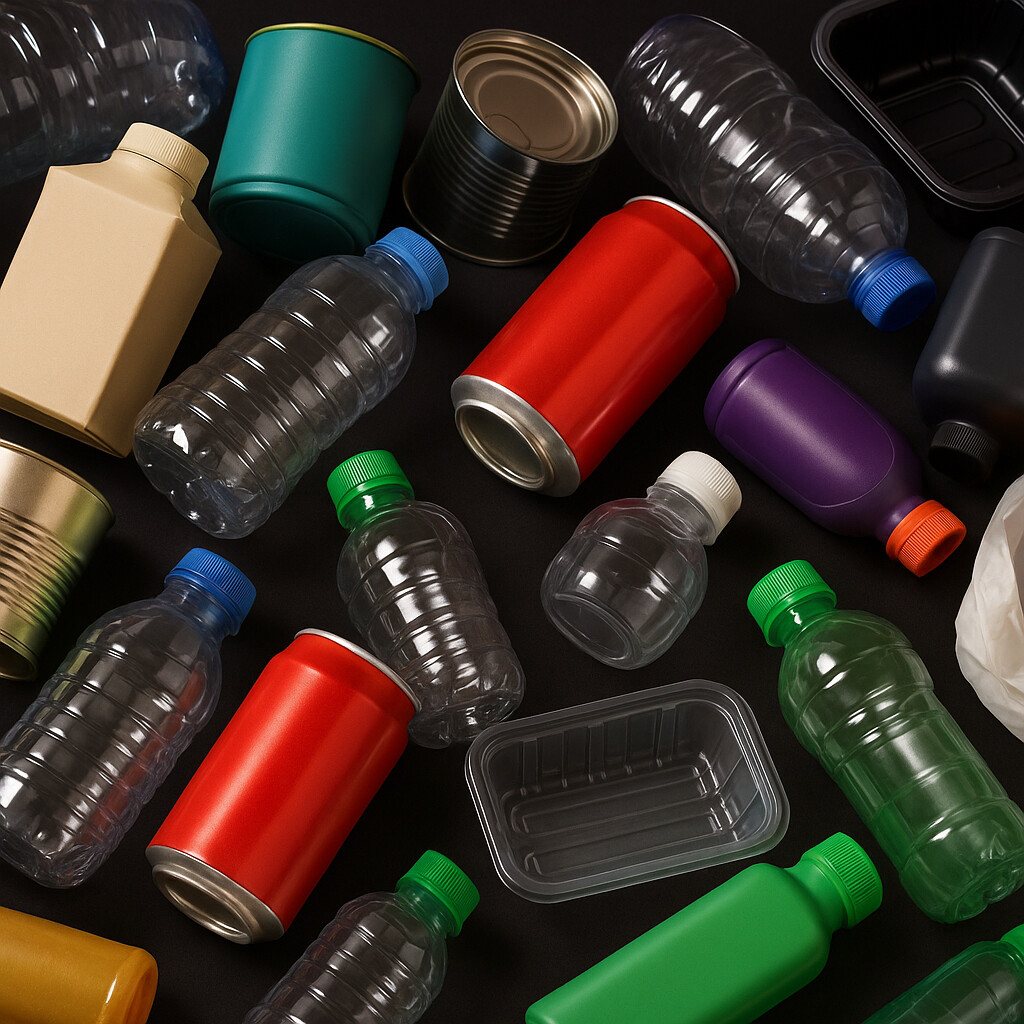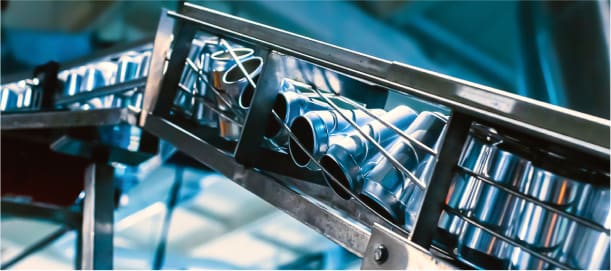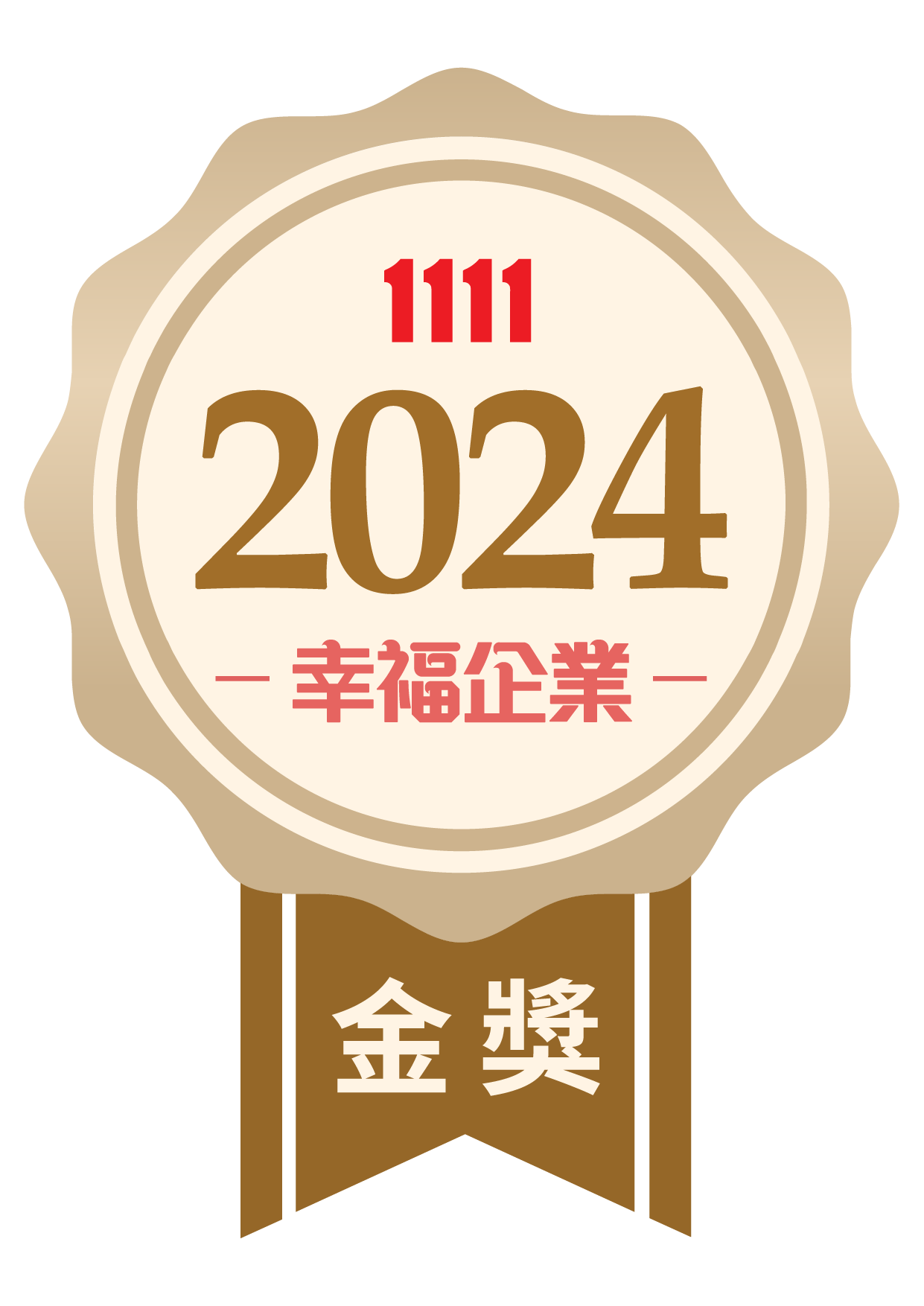Legislative Progress and Observations on the EU Packaging and Packaging Waste Regulation (PPWR)
After more than two years of intense negotiations and repeated revisions, the European Union’s Packaging and Packaging Waste Regulation (PPWR) officially entered into force on February 11, 2025, and is scheduled to be fully applicable across all 27 Member States starting August 12, 2026. This regulation not only harmonizes the previously fragmented packaging rules among Member States but also clearly focuses on three core objectives: packaging reduction, reuse, and recycling. Its ultimate aim is to minimize negative impacts on the environment and human health at the source.

Legislative Timeline Overview
November 2022: The European Commission proposed the draft of the Packaging and Packaging Waste Regulation (PPWR) as part of the European Green Deal and Circular Economy Action Plan.
November 2024: The European Parliament adopted its position by passing the amended version of the proposal.
December 16, 2024: The Council of the European Union formally adopted the PPWR, completing the legislative process.
January 22, 2025: The regulation was published in the Official Journal of the European Union under the title Regulation (EU) 2025/40.
February 11, 2025: The regulation officially entered into force.
August 12, 2026: Most provisions become applicable, while some measures are subject to longer transitional periods.
The PPWR covers the entire life cycle of packaging—from design and production to disposal—with a focus on the following key areas:
Packaging Reduction Targets:
Based on 2018 levels, Member States must reduce packaging waste by 5% by 2030, 10% by 2035, and 15% by 2040.Reuse Targets:
From 2030, transport packaging must achieve a reuse rate of 40%, increasing to 70% by 2040.Design for Recycling Requirements:
Starting in 2030, all packaging must comply with “design for recycling” standards. By 2035, packaging must be capable of being recycled at scale.Recycled Plastic Content:
From 2030, plastic packaging must contain a minimum percentage of recycled plastic, varying by packaging type—from a minimum of 10% up to 35%. These thresholds will increase further by 2040.Restrictions on Hazardous Substances:
As of August 12, 2026, packaging materials intended for food contact must comply with limits on per- and polyfluoroalkyl substances (PFAS).PFAS content limits for food-contact packaging (effective August 12, 2026):
Individual PFAS (excluding polymeric PFAS): < 25 ppb
Total PFAS (excluding polymeric PFAS): < 250 ppb
Individual PFAS (including polymeric PFAS): < 50 ppm
Mandatory Labelling:
From August 12, 2028, all packaging must include labels indicating material composition to facilitate consumer sorting and recycling.

As one of the most closely watched environmental legislations in the history of the EU, the legislative journey of the Packaging and Packaging Waste Regulation (PPWR) has been full of twists and turns. During the months-long review process, powerful lobbying groups from the manufacturing, retail, and logistics sectors actively sought to influence the content of the regulation. Although the final version reflects compromises on several key provisions, the industry broadly views it as a crucial step toward achieving sustainable packaging goals.
Execution Hinges on Details — Member State Cooperation in the Spotlight
Passing the regulation is only the beginning; the real challenge lies in its implementation. Industry stakeholders have emphasized that the PPWR’s effectiveness will largely depend on the development of detailed implementing rules and the level of commitment from Member States. Striking a balance between stringent environmental standards and maintaining industrial competitiveness, while preserving the integrity of the EU single market, will be a key issue under close scrutiny.
A New Chapter in the Circular Economy — Businesses and Consumers Must Transform Together
The formal adoption of the PPWR marks a solid step forward in the EU’s journey toward a circular economy and sustainable development. As the regulation is gradually enforced, the entire value chain—from production to consumption—will face transformative challenges. Businesses and consumers alike will need to work together to build a greener future.
Recyclability Grading System to Be Introduced — Aluminum Cans Emerge as a Preferred Material
The PPWR will introduce a recyclability grading system, categorizing packaging materials into Grades A, B, and C, with strict market access thresholds. Starting in 2030, all packaging products must achieve a minimum recycling rate of 70%; those failing to meet the standard will be progressively banned from the EU market. This “all-or-nothing” rule places significant pressure on the industry, forcing companies to reevaluate their material choices. Notably, aluminum cans—renowned for their excellent recyclability—typically meet Grade A criteria with ease, making them a preferred choice across sectors.



